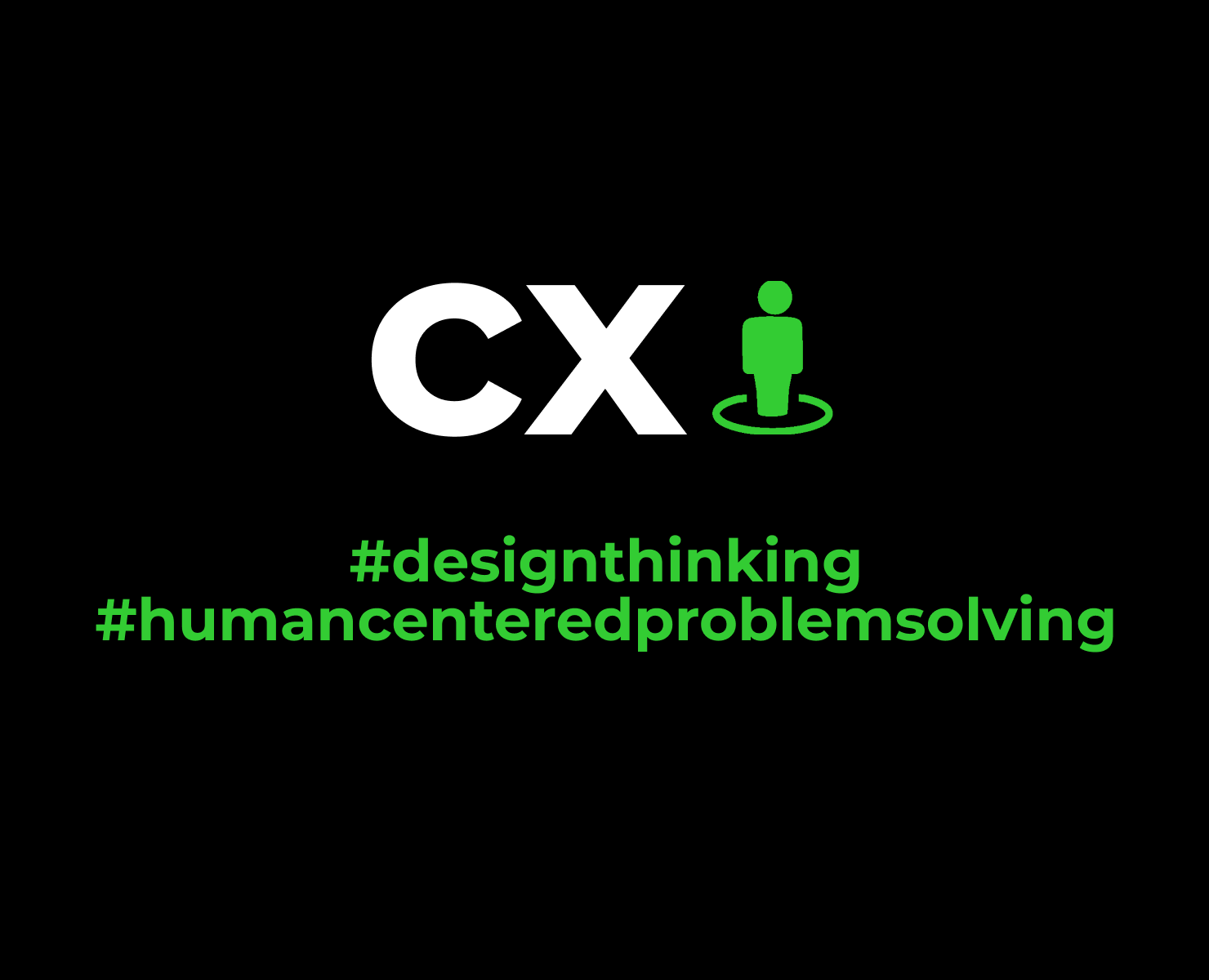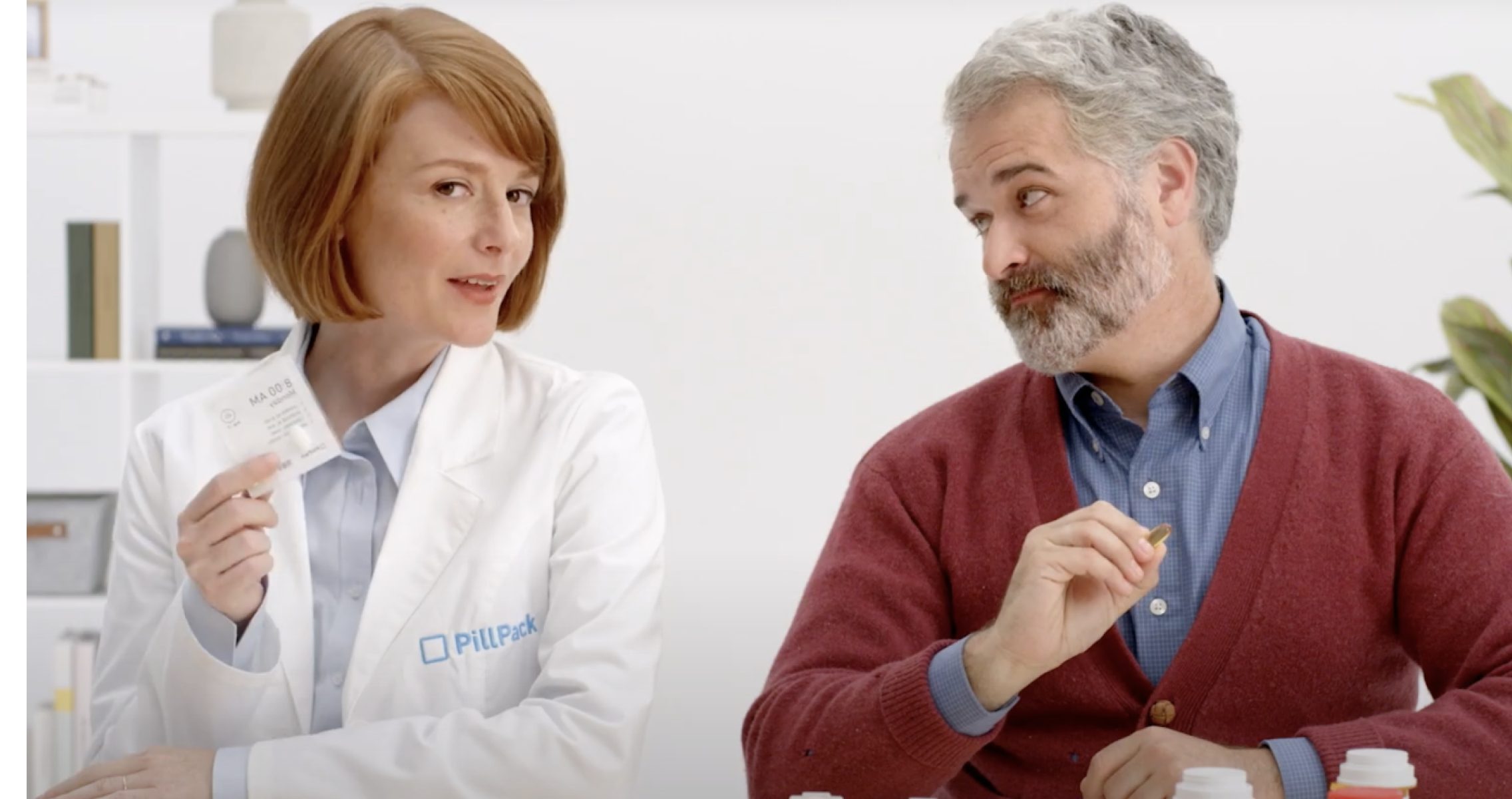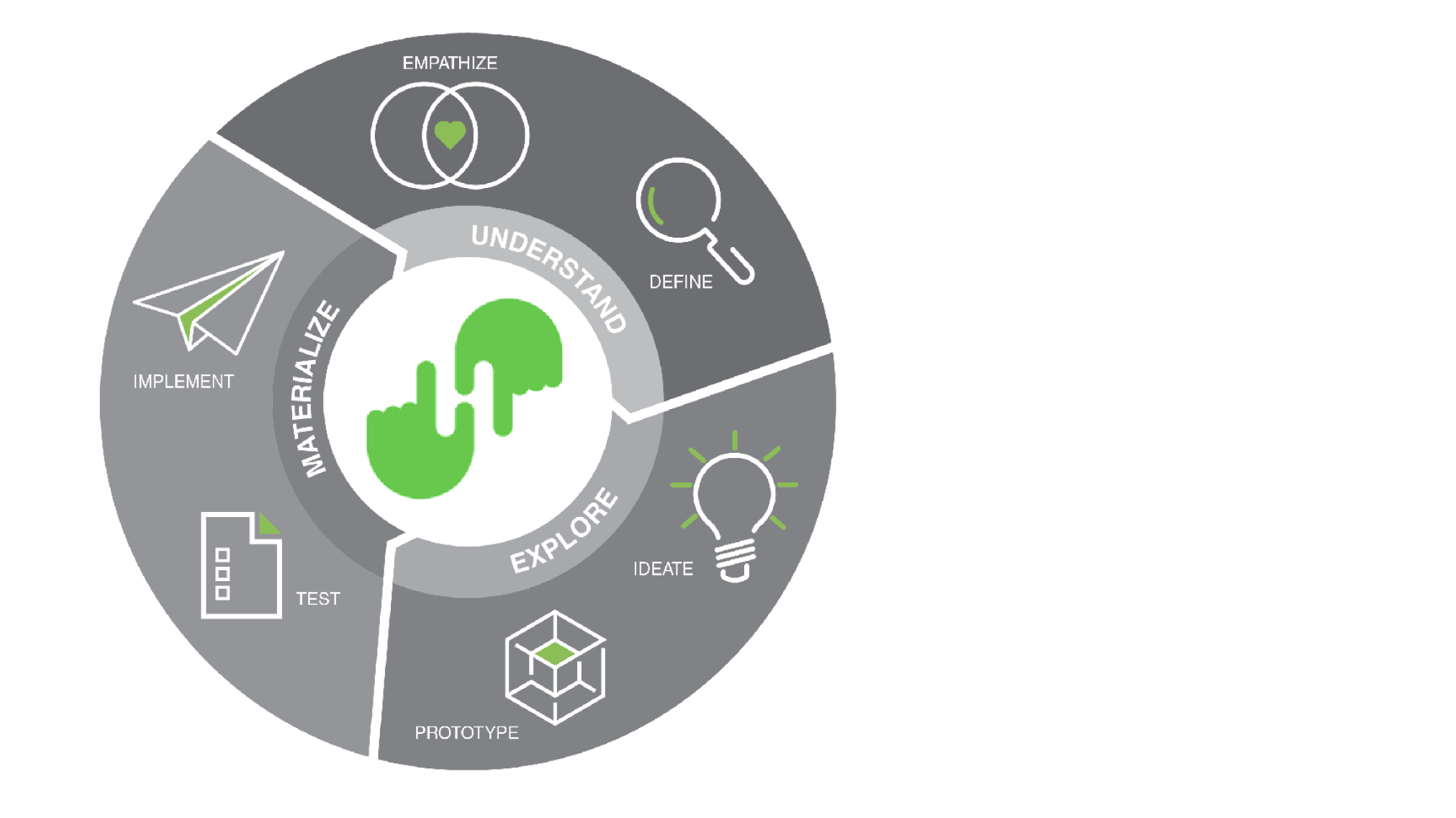

As champions of innovation that delivers better patient care, we thought it important to cover PanAgora’s 2022 Pharma CX Tech Summit, which focused on healthcare technology.
Below is part 2 of our 3-part series.

Despite the best of intentions, recent research reveals there’s an apparent misalignment between pharmaceutical companies and the patients they serve, and it’s negatively affecting both health and economic outcomes. While the reasons for poor healthcare experiences in general are extremely complex, as you’ll see in this article by Discover Health Systems, it’s something CX professionals can help fix with a problem-solving approach known as design thinking. Considering we practice it here at BNO, we were thrilled to discover it was the subject of the keynote presentation given at the 2022 Pharma CX Tech Summit by Cal Austin of Pfizer, a company that’s been applying this product and service innovation methodology since it was first developed by the d.school at Stanford University in the early 2000s.
—Walk a mile in their shoes and you’ll create a far better customer journey.
|
For anyone not familiar with the term, design thinking prioritizes the perspective of the end user in identifying and solving problems. It includes framing the challenge and critically examining assumptions, gaining a deep understanding of human needs and desires, prototyping ideas and testing them in real-world settings, and iteratively refining solutions. The ultimate goal is to create products, services, or experiences that are grounded in behavioral data and customer feedback, while also eliminating genuine patient pain points.

—
The patient-centric approach:
Design for the way people actually behave, not for how you wish they behaved.
Factors such as rising patient expectations, increased competition, price pressure, and changing regulations are making it necessary for pharma companies to innovate like never before. Austin stressed the need to shift from a “knowers” mindset, to a “learners” mindset and suggested that companies “get as close to the customer as you possibly can at every possible stage.” It was a sentiment shared earlier in the day by Richard Schwartz of Medallia, who spoke about applying empathy and compassion for better outcomes—you’ll find our blog post on that here.
—
To demonstrate the economic value of design thinking, we point to the incredible story of PillPack.

PillPack delivers medications, sorted by dose, directly to patients’ homes using a combination of specialized packaging, technology, and personalized service. By identifying the frustrations that patients have with managing their medications, and compassionately solving each pain point, they were able to make patients’ lives easier. No more trips to the pharmacy and waiting in line, no more having to sort your pills, no more running out of your prescription. The result? Patients ordered one million pill packages in just 18 months of launch. The company’s valuation skyrocketed, prompting Amazon to acquire this small, innovative company that built a better mousetrap for close to $1B in cash.
The lesson learned from successes like PillPack: Focus intently on understanding what patients really need—on both a practical and an emotional level. Then, ideate “beyond the pill,” unconstrained by conventional wisdom and best practices. The results can be extraordinary—for the brand, as well as the user.
Cal Austin
Customer Experience Lead — Emerging Markets
Pfizer
The opinions expressed by the speakers are their own and do not represent the views of their employers.
—“Design thinking is a way of thinking and working, as well as a collection of hands-on methods.”
|
A growing number of drug companies are recognizing the economic value of design thinking and are incorporating it into their product development and service delivery processes. Since brands are at various stages of adoption, BNO has developed a number of ways to help—from small innovation workshops to enterprise-wide training to end-to-end design thinking initiatives. Learn more.

Contact Kevin Harding, VP, Customer Experience, kharding@bnoinc.com, for our Pharma CX capabilities presentation and case studies.




